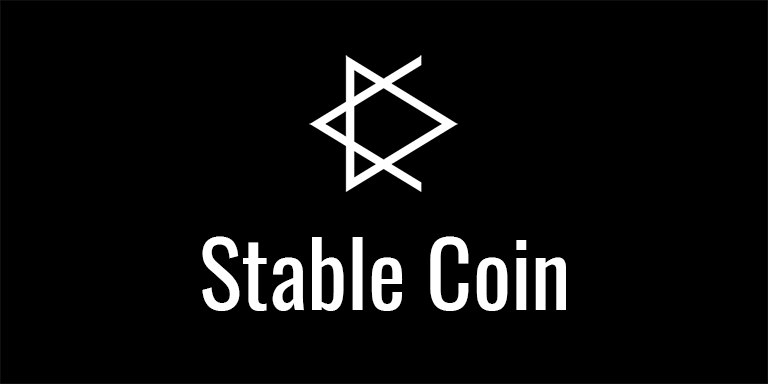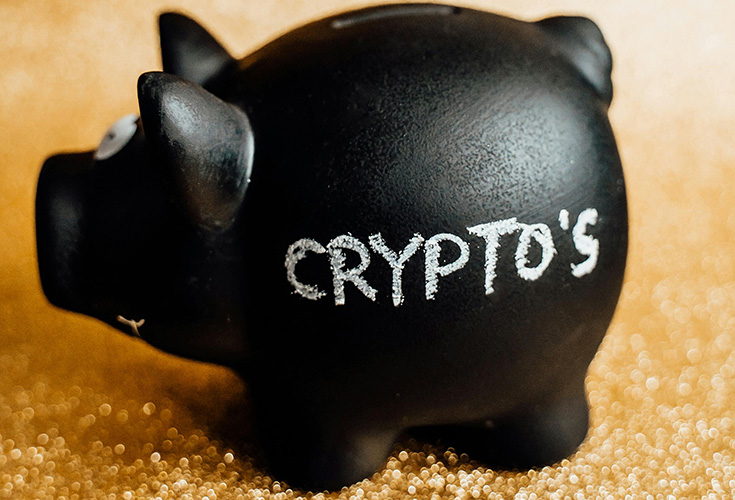
Stablecoin is consciously developed to maintain a set price. In an economy where coins and tokens may fall overnight, there is a huge need for currencies that combine the benefits of blockchain with the ability to monitor a more stable asset. If you haven’t already begun utilizing stablecoins in your trading or investing, it’s worth understanding more about them and the advantages and disadvantages they provide.
Understanding Stablecoins in the World of Cryptocurrency
Stablecoins link the value of fiat currencies or other assets to digital assets. For example, you can purchase tokens tied to the dollar, euro, yen, gold, and oil. A stablecoin allows the holder to lock in gains and losses while transferring value at a consistent price via peer-to-peer blockchain networks.
Bitcoin (BTC), Ether (ETH), and other cryptocurrencies have traditionally been very volatile. While this offers numerous opportunities for speculation, it does have some drawbacks. The volatility of cryptocurrencies makes them difficult to employ for day-to-day payments. For example, a business may accept $5 in Bitcoin for a coffee one day but then discover that their Bitcoin is worth 50% less the following. This makes developing and running a firm that accepts cryptocurrency payments difficult.
Previously, there was no way for crypto investors and traders to lock in a profit or avoid volatility without converting crypto back into fiat. Stablecoins provides an easy solution to these issues. Today, stablecoins such as TrueUSD (TUSD) make entering and exiting the crypto market simple.
What is the Functioning Mechanism of Stablecoins?
Creating a currency that monitors another asset’s price or value entails using a pegging mechanism. Several methods for accomplishing this, most of which rely on another asset functioning as collateral. Some methods have been more successful than others, but there is no such thing as a guaranteed peg.
Stablecoins Supported by Fiat Currencies
Fiat-collateralized stablecoins keep a reserve of a fiat currency (or currencies), such as the U.S. dollar, as collateral to ensure the stability of the stablecoin. Other forms of collateral can comprise precious metals like gold or silver, along with commodities such as crude oil. However, most fiat-collateralized stablecoins have U.S. dollar reserves.
Independent custodians hold and regularly audit these reserves. Tether (USDT) and TrueUSD (TUSD) are popular stablecoins that are denominated in U.S. dollars and backed by U.S. dollar reserves.
cryptocurrency-supported stablecoins
Similar to fiat-backed stablecoins, cryptocurrency-backed stablecoins function similarly. Cryptocurrencies now serve as collateral instead of utilizing dollars or another currency as a reserve. Crypto-backed stablecoins typically over-collateralize the reserves to protect against price fluctuations due to the extreme volatility of the cryptocurrency market.
In order to protect against a 50% drop in the price of the reserve cryptocurrency, they may retain a cryptocurrency worth $2 million as a reserve to issue $1 million in a stablecoin backed by cryptocurrency. For instance, MakerDAO’s Dai (DAI) stablecoin is backed by Ethereum (ETH) and other cryptocurrencies worth 150% of the DAI stablecoin in circulation while still being linked to the U.S. dollar.
Algorithmic stablecoins
By eliminating the requirement for reserves, algorithmic stablecoins adopt a new strategy. Algorithms and smart contracts instead control the supply of issued tokens. Compared to stablecoins backed by cryptocurrency or fiat, this concept is significantly less common and more difficult to implement.
A stablecoin algorithm will decrease the token supply if the price drops below the fiat currency it follows. This may be accomplished by locked staking, burning, or buy-backs. New tokens are circulated to lower the stablecoin’s value if the price exceeds the value of the fiat currency.
Benefits of stablecoins
Stablecoin advantages include the following:
Stability: Unlike other cryptocurrencies, which can be extremely volatile, like Bitcoin or Ethereum, stablecoins offer price stability. Users can be certain of a stable value, making them better suited for transactions.
Decentralization: Stablecoins, like other cryptocurrencies, are decentralized, meaning no single entity or government controls them. As a result, they are exempt from government control and censorship.
Easy accessibility: Stablecoins possess the distinguishing feature of being readily purchasable, sellable, and exchangeable on multiple crypto exchanges. This makes them appealing to individuals desiring to participate in the crypto industry while avoiding the instability of conventional digital currencies.
Increased liquidity: Stablecoins offer enhanced liquidity to the cryptocurrency market by serving as tradable pairs with other cryptocurrencies, enabling traders to enter conveniently and exit positions.
Reduced transaction costs: Stablecoins provide a speedy and low-cost way of moving wealth across international boundaries, which might be especially useful for international trade and remittances. The high transaction costs and fees associated with currency conversion can be substantial impediments, but stablecoins offer a potential solution to such issues.
Transparency: Stablecoins contribute to the liquidity of the cryptocurrency market by facilitating the ease of entering and exiting positions for traders, as they can be used as trading pairs with other cryptocurrencies.
Overall, stablecoins have numerous advantages, making them a desirable choice for institutional and retail investors. They also cater to organizations and individuals needing a reliable medium of exchange.
The drawback of Stablecoins
The following are some of the stablecoins’ significant drawbacks:
Centralization: Stablecoins sometimes require a centralized issuer or custodian to maintain their peg to the underlying asset. This centralization introduces counterparty risk and a single point of failure.
Regulatory Risks: Governments and financial organizations may have regulatory issues with stablecoins, especially ones backed by fiat money. For example, regulators may consider stablecoins as money transmitters, requiring them to comply with know-your-customer (KYC) and anti-money laundering (AML) laws.
Counterparty Risk: Users effectively trust the issuer to preserve the peg to the underlying asset when they buy stablecoins. Users risk losing their money if the issuer cannot honour this pledge.
Price Volatility: Stablecoins are intended to have a steady value, although they might face price volatility because of external factors like the market or technological problems.
Limited Adoption: Stablecoin acceptance is still very low compared to that of regular cryptocurrencies and fiat currencies, despite stablecoins’ rising popularity. This reduces their worth as a medium of exchange or a store of value.
Lack of Transparency: Many stablecoins regarding the underlying assets or pegging techniques are unclear. Users and investors can feel distrustful as a result of this lack of accessibility.
In conclusion, stablecoins offer various advantages compared to other cryptocurrencies. Nevertheless, users and investors should also be aware of certain disadvantages of stablecoins.
Stablecoin Regulation
Authorities continue to closely examine stablecoins due to their rapid market growth and potential to disrupt the broader financial system. The proposed laws focus on stablecoins deemed systemically significant by authorities or those who can disrupt payment and settlement processes. Furthermore, politicians have increased calls for more stringent regulation of stablecoins. For example, Senator Cynthia Lummis (R-Wyoming) proposed regular audits of stablecoin issuers in September 2021, while others supported bank-like rules for the industry.
Conclusion
Nowadays, finding an investor or trader who hasn’t owned a stablecoin for some time is difficult. Traders often store stablecoins on cryptocurrency exchanges to promptly take advantage of new market opportunities. They’re also great for entering and exiting positions without paying out in fiat. Users can utilize stablecoins to make payments, conduct foreign transfers, engage in trading activities, and make investments. You shouldn’t minimize the dangers even if they are essential to cryptocurrency. Stablecoin initiatives have encountered issues such as malfunctioning pegs, insufficient reserves, and legal complications.








